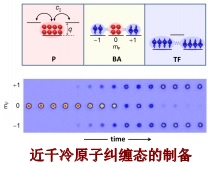
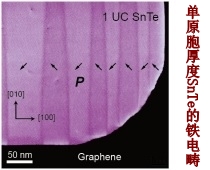
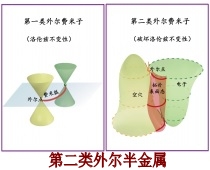

The not so quiet night sky
Tsinghua University "New World - New Horizon" Nineteenth astronomy public series Lecture, "A not so quiet night sky", was hold in the evening of November 10, 2017 in the auditorium.
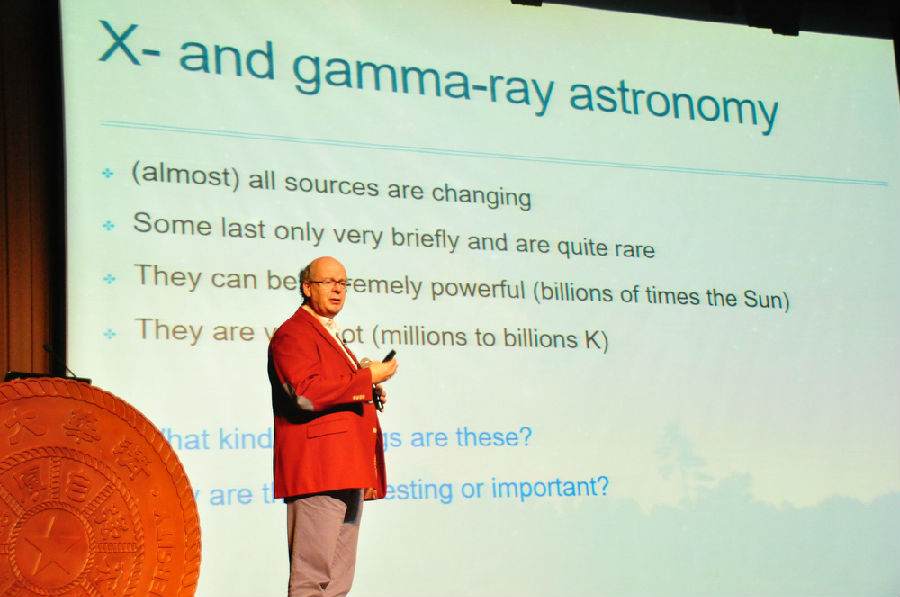 |
The speakers of this lecture were the Professor of Astrophysics, University of Amsterdam, Netherlands, Director of Anton Pajakov Astronomy Institute, and European Community Descartes Prize winner-- Ralph A.M.J. Wijers. The lecture attracted more than 500 teachers and students from the whole school and people across a broad spectrum, while the webcast also attracted 1,264 online viewers.
Prof. R.A.M.J Wijers gave a brief introduction on various astronomical observing windows and gave a detailed introduction of transient phenomena and related physics. Finally, he presented new scientific explorations that are being conducted and unresolved mystery.
Whenever you look up to the night sky, stars in the dark night sky always brings people a sense of tranquility and harmony, whether in the noisy city or in the quiet country. The ancients believed that the relative position of the stars was fixed and regarded any changes as an ominous bad sign. However, the development of science and civilization gradually revealed the mysterious veil of the silence night sky. Astronomers can use specific detectors to receive electromagnetic signals from various bands in space, allowing us to see cosmic landscapes beyond the naked eye. In particular the recent gravitational wave astronomy opened a new detection window, so that human beings entered a new multi-messenger era.
Astronomers obtain the electromagnetic signal spectrum by observing the electromagnetic signals from each band in cosmic space. X-ray and Gamma ray signals, the highest frequency band available, can reveal the cause of transient high-energy objects in the universe, for example supernova binary stars (including black holes).
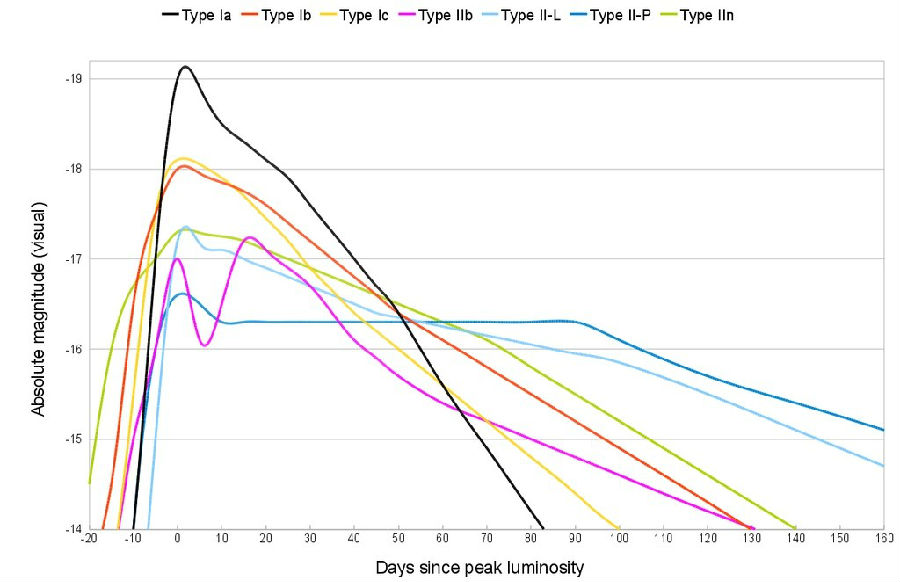 |
The most attractive topic for the audience is the gravitational wave astronomy. Professor R.A.M.J. Wijers introduced the detection result of gravitational waves released by LIGO on October 16 that two neutron stars merged and released a burst of gravitational wave. The gravitational waves almost coincided with gamma-ray bursts and other observations. The double neutron star's spectrum shows that most of ejected material during the binary merger are heavy elements such as gold, platinum and uranium.
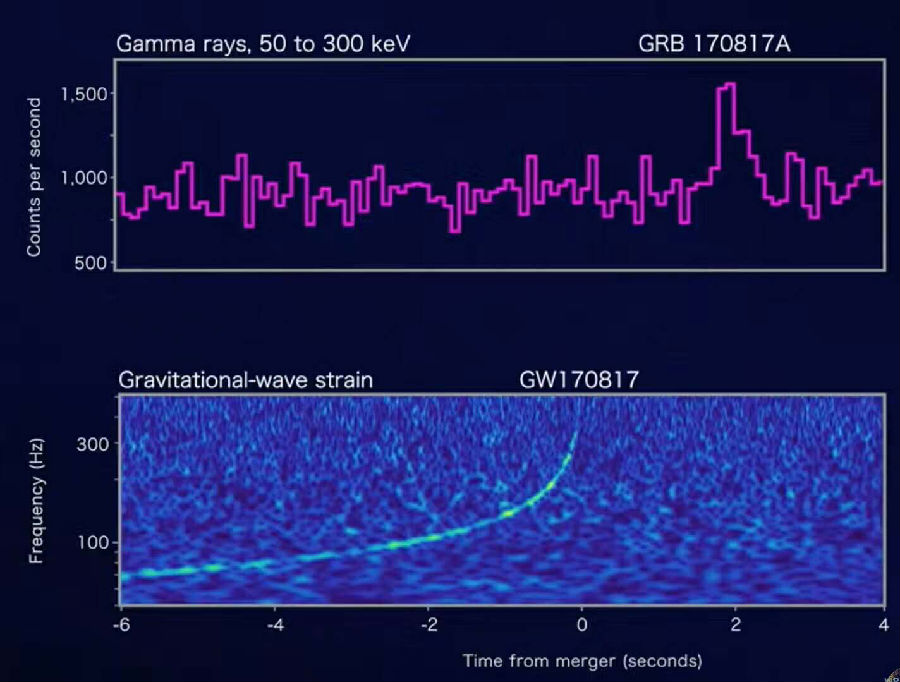 |
At the end of the lecture, the audiences asked many questions. Some questions touched upon specific content of the lecture, while others address a wider range of astronomical issues. Among them, some students asked if gravitational wave detection could bring new observational objects or new observation phenomena (double black holes merger) to mankind. Some students asked whether new observing windows such as gravitational waves will lead to other significant observations (neutrino astronomy). Professor Ralph A.M.J. Wijers addressed all question with clarity and a sense of humor.
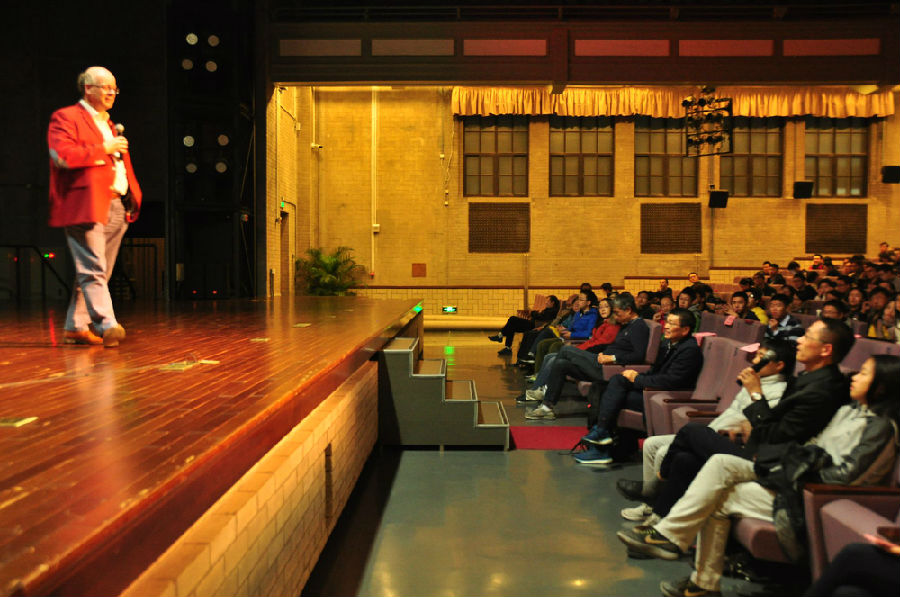 |
